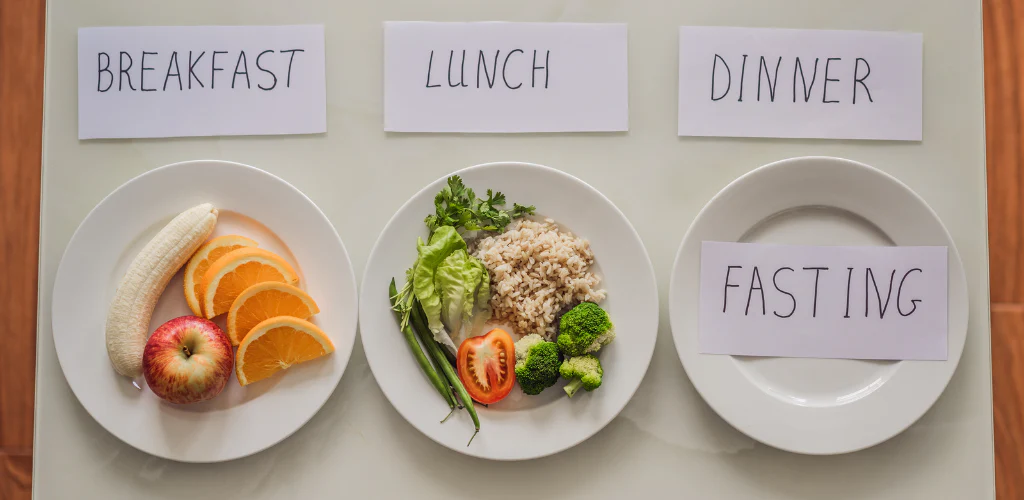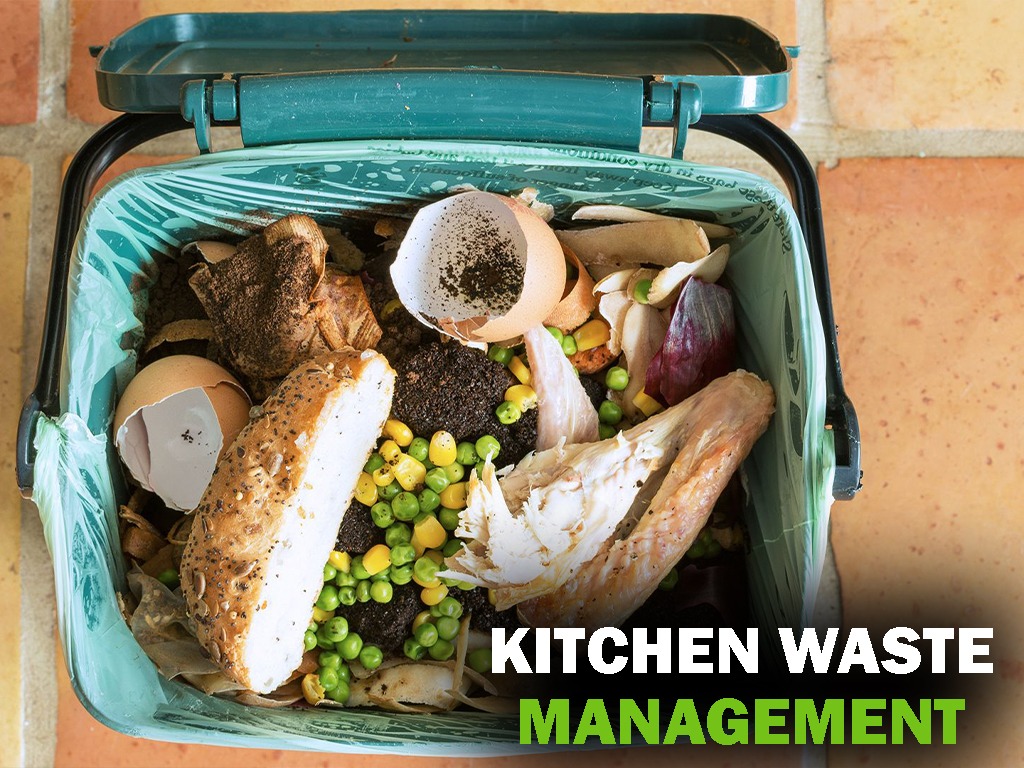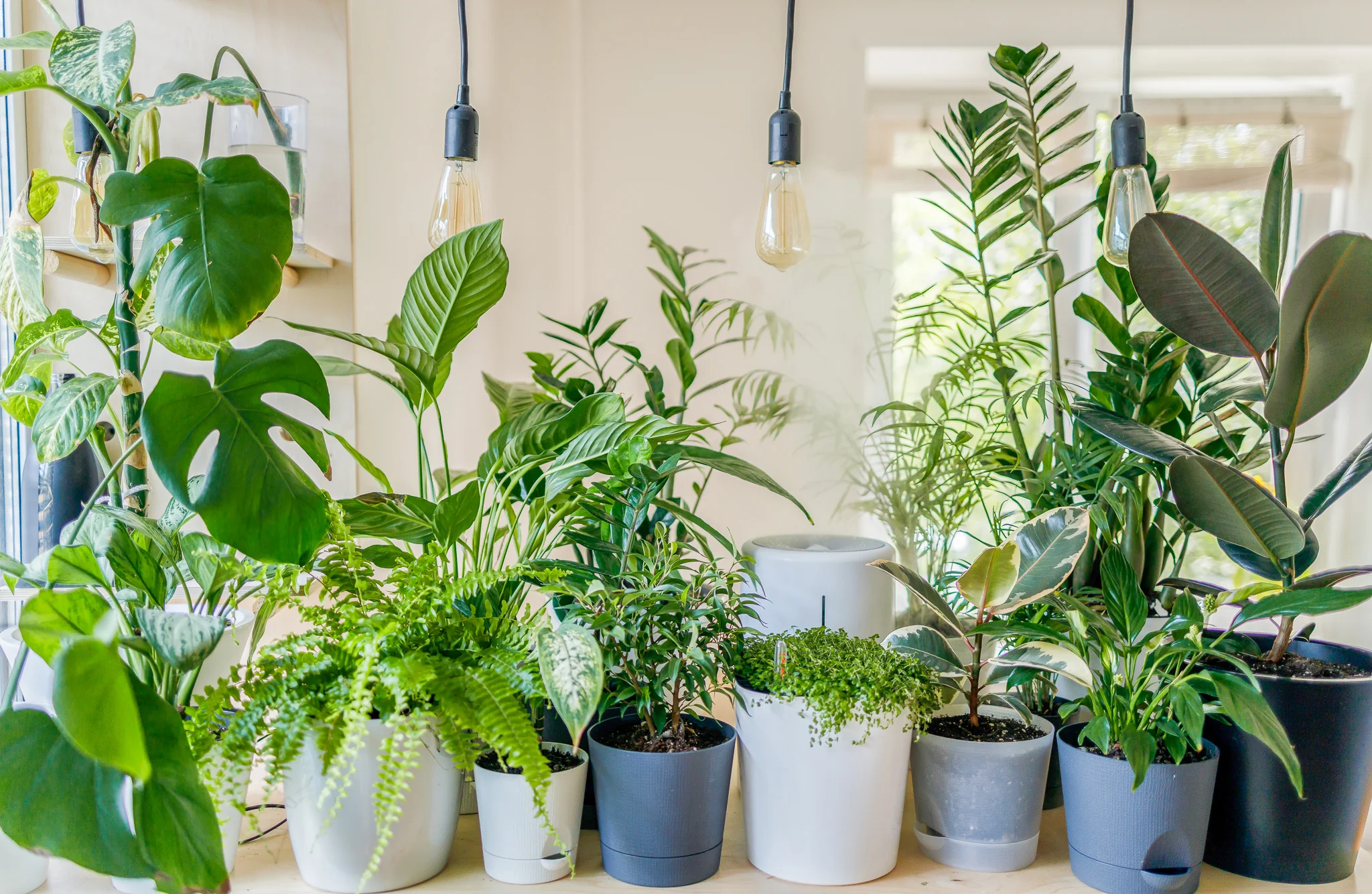Shifting to a plant-based diet can feel challenging when you live with family. In India, where food traditions are deeply rooted, eating together is an important part of daily life. Convincing everyone to try more vegetables, fruits, and whole grains may not be easy. But with the right approach, you can enjoy a plant-based lifestyle with family without stress.
This guide will explain how to eat more plant-based meals at home, make everyone happy at the dining table, and ensure nutrition is not compromised.
Why Choose a Plant-Based Diet with Family?

A plant-based lifestyle does not always mean becoming fully vegan. It simply means focusing more on food that comes from plants, like fruits, vegetables, lentils, beans, nuts, seeds, and whole grains.
Benefits of a plant-based diet for families:
- Improves overall health and energy.
- Reduces risk of diabetes, obesity, and heart problems.
- Encourages children to eat more vegetables.
- Helps the environment by lowering carbon footprint.
- Saves money when meals are based on seasonal Indian produce.
Common Concerns Families Have

- “Will we get enough protein?”
Many Indian plant foods like dal, chana, rajma, soy, and quinoa are rich in protein. - “Won’t kids miss their favorite food?”
You can create healthier versions of their favorites like plant-based pizzas, soy kebabs, or dairy-free desserts. - “Is plant-based food boring?”
Indian cuisine already has countless vegetarian dishes like dosas, upma, parathas, vegetable curries, and biryanis that are naturally plant-based.
AlsoRead Simple Breakfast Ideas for Beginners in India: Tasty, Quick, and Healthy
Steps to Eat Plant-Based as a Family
1. Start Slowly
Do not force sudden changes. Begin with one plant-based meal a day. For example, start with breakfast like idli, upma, or oats with fruits.
2. Involve Everyone in Planning
Ask your children and parents what plant-based dishes they would like to try. When family members are part of decision-making, they feel more excited about meals.
3. Make Familiar Dishes Plant-Based
Instead of removing family favorites, tweak them. For example:
- Replace paneer with tofu.
- Use coconut milk instead of dairy cream in curries.
- Try millet rotis instead of only wheat rotis.
4. Stock Up on Healthy Ingredients
Keep your kitchen filled with lentils, beans, nuts, seeds, oats, and fresh fruits. When healthy ingredients are handy, cooking plant-based meals becomes easier.
5. Cook Together as a Family
Turn cooking into bonding time. Children enjoy chopping soft vegetables, mixing salads, or making smoothies. This also helps them accept new food more easily.
6. Focus on Indian Seasonal Produce
Seasonal fruits and vegetables are cheaper, tastier, and healthier. Mangoes in summer, guavas in winter, and green leafy vegetables in monsoon are all great choices.
7. Keep Snacks Plant-Based
Replace chips and biscuits with roasted chana, makhana, fruit bowls, or dry fruit laddoos.
8. Celebrate Small Wins
If your family enjoys one plant-based dinner per week, celebrate it. Gradual progress is better than sudden pressure.
Example of a Simple Plant-Based Family Menu
- Breakfast: Vegetable upma with coconut chutney.
- Mid-Morning Snack: A fruit bowl with banana and papaya.
- Lunch: Rajma-chawal with salad.
- Evening Snack: Roasted peanuts with tea.
- Dinner: Vegetable biryani with cucumber raita (plant-based curd).
- Dessert: Jaggery-sweetened kheer with almond milk.
This menu shows how Indian families can enjoy tasty, familiar, and nutritious meals while staying plant-based.
Tips for Indian Families
- Use traditional dals, sprouts, and millets for variety.
- Prepare chutneys and pickles to make meals more exciting.
- Slowly reduce the use of ghee, butter, and heavy cream.
- Keep plant-based versions of favorite snacks for kids.
- Eat together as a family to encourage positive food habits.
FAQs on Eating Plant-Based with Family
Q. How can I make sure my family gets enough protein on a plant-based diet?
Include dals, lentils, beans, soy products, quinoa, and nuts regularly.
Q. My kids are picky eaters. How do I make them eat vegetables?
Make fun dishes like veggie parathas, smoothies, or homemade burgers with hidden vegetables.
Q. Is plant-based eating expensive in India?
No. If you focus on local and seasonal produce, it can be more affordable than buying processed or packaged food.
Q. Can older people in the family eat plant-based meals?
Yes. Plant-based food is lighter and easy to digest, which is good for elderly people. Just ensure they get enough protein and iron.
Q. How do I manage when we go out to eat?
Choose vegetarian restaurants or order plant-based dishes like masala dosa, vegetable biryani, or salads. Many places now offer dairy-free options too.
Final Thoughts
Eating plant-based with family in India is not about giving up traditions. It is about making healthier choices together. Start small, keep meals simple, and involve everyone in the process. Over time, your family will enjoy more fruits, vegetables, and whole grains without missing out on taste.
By cooking traditional Indian recipes with a plant-based twist, you can protect your health, save money, and contribute to the environment—all while sharing love and food at the family table.














